Planning a trip to the Philippines? Whether you’re a history buff, foodie, or adventure seeker, there are countless places to visit in Manila that offer a mix of culture, entertainment, and local charm.
Manila, Philippines is massive—getting from one place to another takes time thanks to the infamous traffic.
During my four-night stay, I decided to keep things easy and stayed in Makati, a district filled with bars, restaurants, and easy access to coworking spaces.
If you have a limited time in Manila before heading to the other islands, focus on the Makati, BGC, and Intramuros areas and it will give you a quick overview of the city.
As a heads up, Manila is a major city and with large cities, come large city problems. You will see rodents, toilets that don’t flush, unkept streets, poor wifi connections, and loud partying in many neighborhoods at all hours of the morning (locals love karaoke). So pack your earplugs and a lot of patience and don’t say I didn’t forewarn you!
Here are a few unique places to check out in Manila, even if it’s only for a few days 🙂

A Brief History of Manila Philippines
Manila’s history is as rich as its culture. Originally a settlement for the indigenous Tagalog people, it became a key trading hub under Spanish rule in the 16th century.
The Spanish influence is still evident today, especially in Intramuros, the historic walled city.
Later, the Americans took control, shaping Manila’s infrastructure, education system, and even its love for fast food.
Today, the city is a melting pot of cultures—Chinese, Spanish, American, and Southeast Asian influences all blend together, creating a unique urban experience.
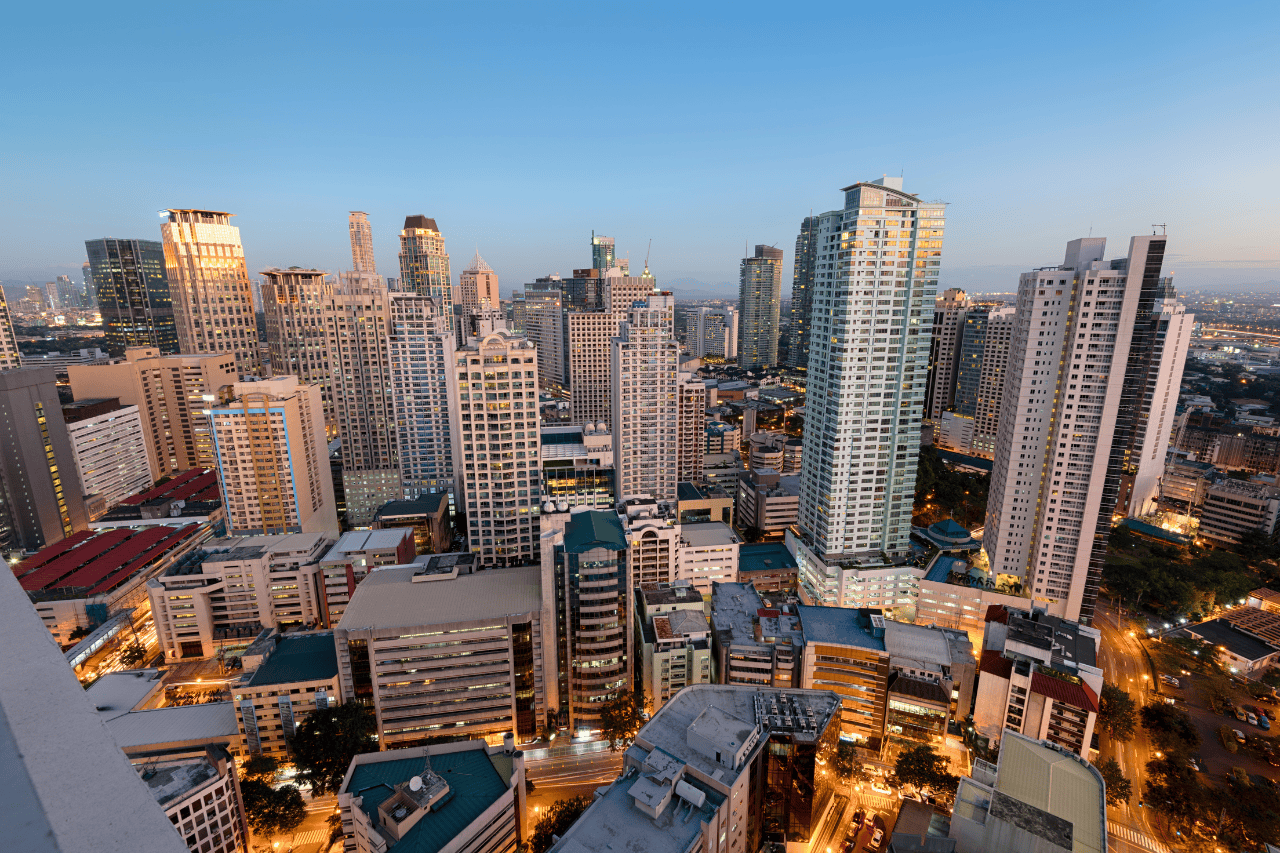
Quick Tips About the Philippines
- Can You Drink the Water?: Tap water is not safe to drink. Many venues will have filtered water stations to fill up your reusable bottle.
- Currency: Philippine Peso (PHP)
- Bring Cash: Almost no one takes credit cards, ATMs are often out of cash and many venues will not have change so prepare to be “tipping” often.
- Language: English and Filipino (Tagalog) are widely spoken.
- Visa: Most tourists can enter visa-free for up to 30 days.
- Bathroom Etiquette: Do NOT throw toilet paper in the toilet! Many places don’t provide any, so always carry tissues or wipes.
- Be Patient: Food takes longer than expected to make, and often items are out. Be patient and flexible when dining.
- Tipping Etiquette: It is not expected as many venues will add a 10% service charge to all checks. If you do not see a service charge, it is typical to round up the bill as a tip.
- Make Reservations: Book your flights and accommodations in advance. Many flights and hotels will be sold out in the peak season.
Pro Tip for Entry to the Philippines:
Check the official Philippines website to see if you need a visa. If not, you still need the etravel.gov app to enter the country. Set up the app in stable wi-fi as it does take at least 30 minutes to finish the entire process. Download it here: ETravel
Costs in Manila for a Short Stay
I was only in the city for 4 days, however on my food tour I consulted with the guide to get an idea of prices in areas that I was not going to be able to get to in my short stay.
Food:
Prices in Manila vary depending on where you go. A budget meal costs around ₱100-₱200 ($2-$4), while mid-range dining can be ₱400-₱800 ($8-$16) per meal.
High-end restaurants can cost upwards of ₱1,500 ($30+) per meal.
Transportation Costs:
Grab rides within Makati range from ₱150-₱250 ($3-$5), to get to most Manila tourist attractions, while longer trips to areas like BGC or Intramuros can cost ₱300-₱600 ($6-$12) depending on traffic.
Hotel Prices:
Budget accommodations start at around ₱1,000-₱1,500 ($20-$30) per night, mid-range hotels are ₱3,000-₱6,000 ($60-$120) per night, and luxury stays start at ₱10,000+ ($200+) per night.
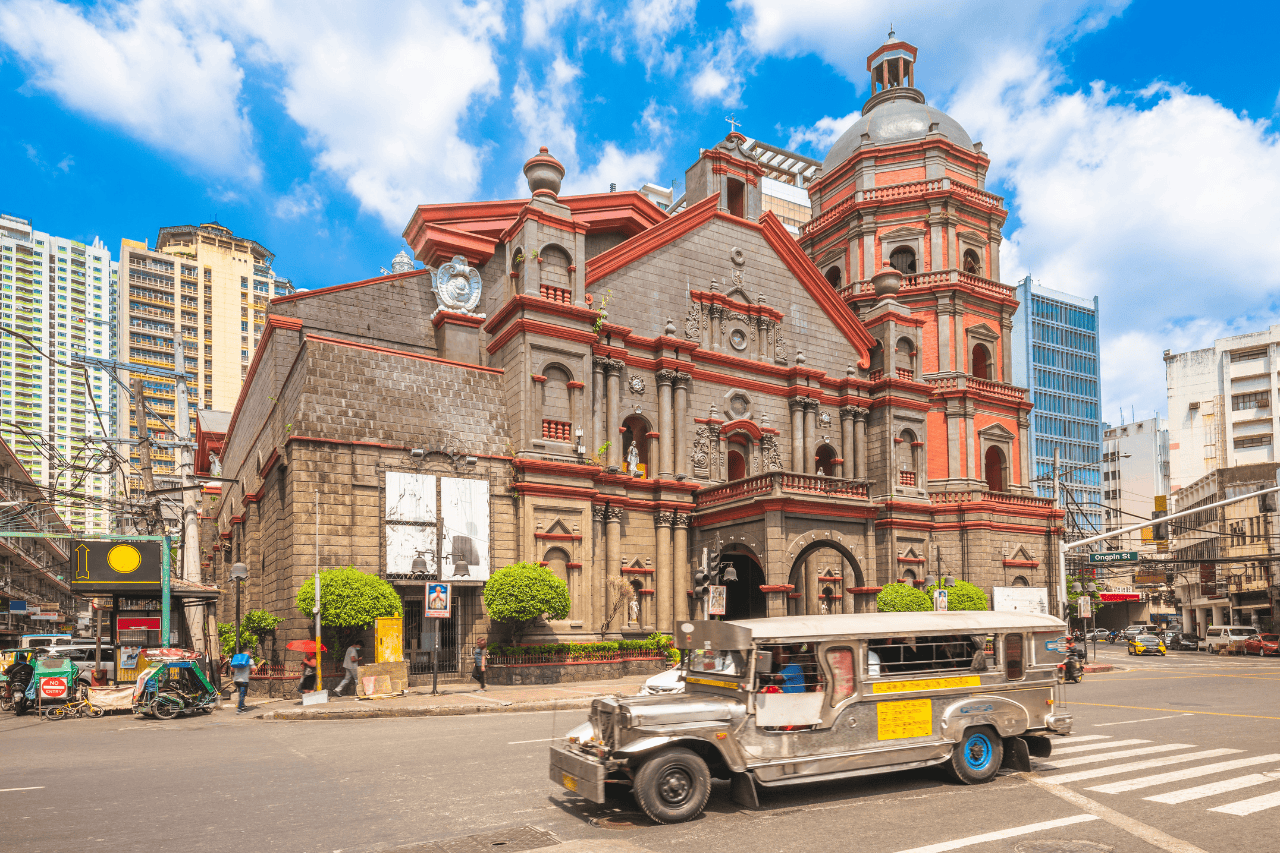
How to Get Around Manila
I only suggest using Grab to get to all of the places to see in Manila. It is inexpensive and reliable. It’s also more comfortable to be in a car with air conditioning, rather than the MRT. However here are the 3 ways to get around the city if you are feeling adventurous.
- Grab – The most reliable ride-hailing app; it’s affordable and much easier than dealing with taxis.
- MRT/LRT – The metro system exists, but it’s slow and crowded. Only use it if you’re avoiding rush hour.
- Jeepneys – A fun, cheap way to experience local transport, but they can be confusing for first-timers. Think of a silver school bus that is low to the ground, with no AC, and makes frequent stops.
Travel Insurance
I suggest using Safety Wing for travel insurance when traveling abroad. I have found their rates to be the best coverage and they have great customer service.
Exploring Makati: The Best Place to Stay and See
Makati is hands-down the best place to stay if you want to avoid long commutes.
Since I had some work to take care of, I stayed near the Common Ground Rockwell. It is a stylish coworking space with great WiFi, comfortable seating, and plenty of coffee options.
It was $12 USD for a one-day pass and you get free coffee and water. Stop at the front desk of the building to show your ID and they will help you get up to the Common Ground Floor.
The coworking space is next to Power Plant Mall, a high-end shopping center with boutique stores, international brands, and even a draft beer bar with TVs playing international sports.
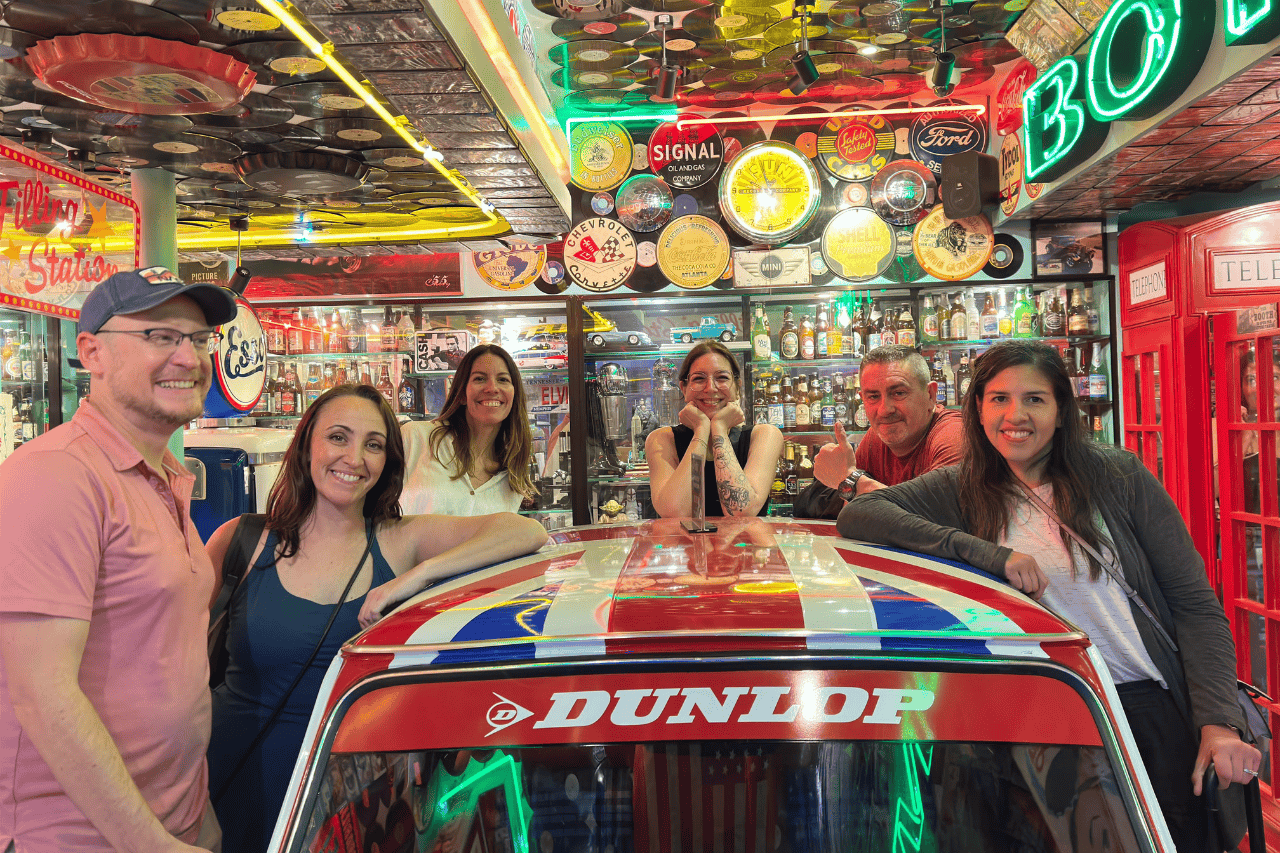
Take a Makati Food Tour
If you want to dive into Filipino cuisine head first, take a food tour. Don’t try to guess what you are eating if you go on your own. A food tour will take the guesswork out of your meal.
I tried everything from isaw (grilled chicken intestines) to betamax (solidified pork blood). I will not lie, the textures of all of them were really weird but I did at least try a little!
Other must-try street food includes longganisa (sweet Filipino sausage), kwek-kwek (deep-fried quail eggs), and pork barbecue on skewers.
Things to Do in Manila
3 Must-Try Restaurants in Makati
Makati is an international foodie’s paradise, and I made it my mission to try as many spots as possible. I had everything from Pizza to Thai to Japanese, to local Filipino food. Here are my top picks that had great food and a good vibe (and working toliets):
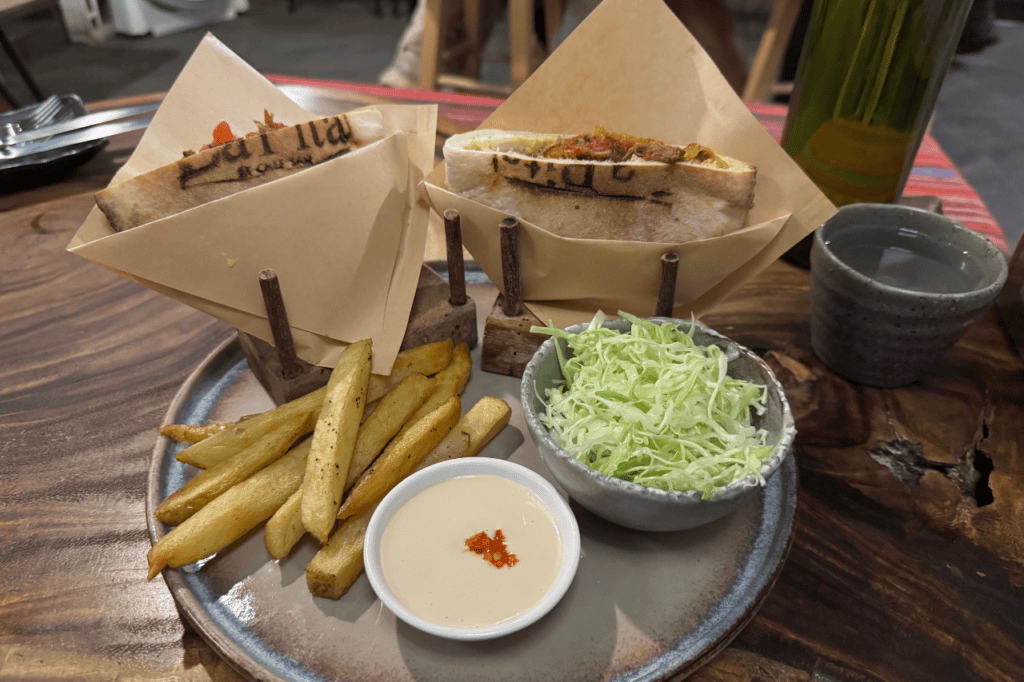
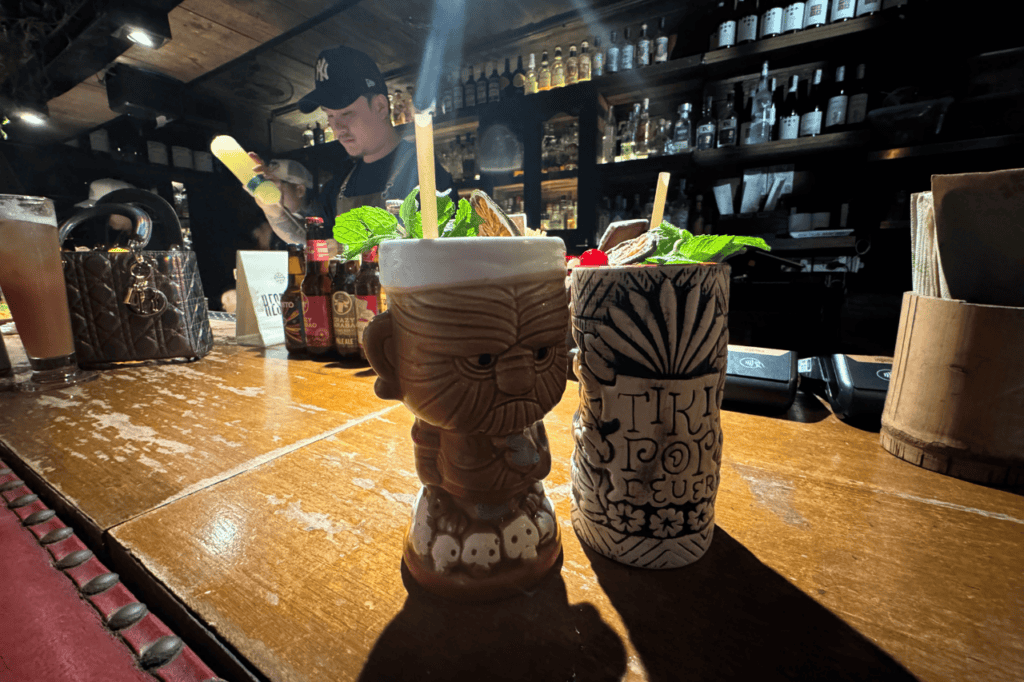
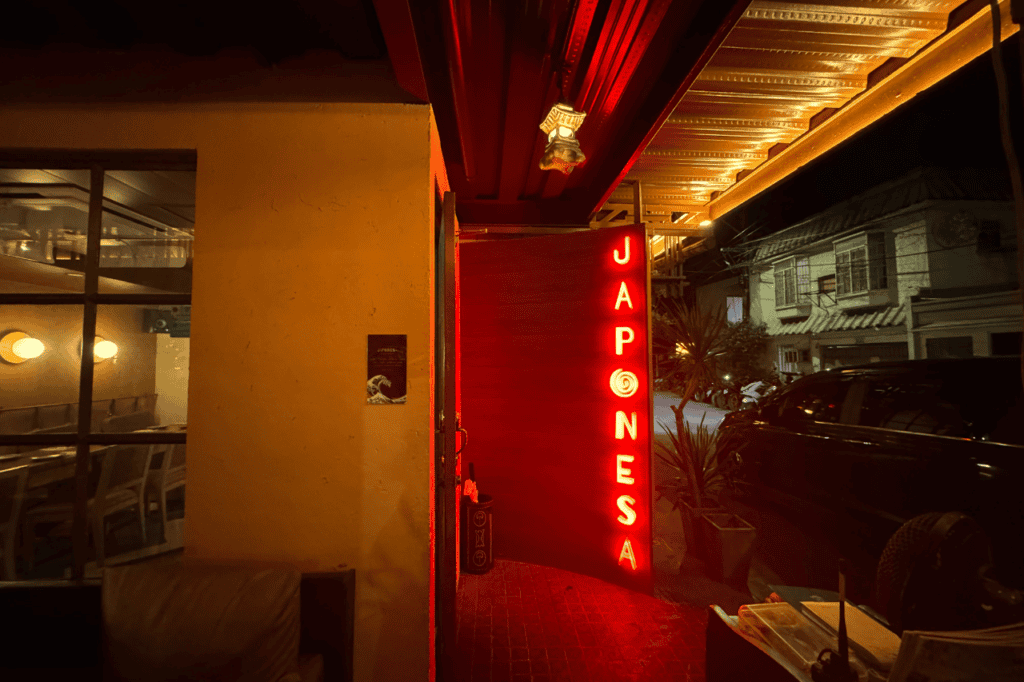
- La Pita – The best place for Middle Eastern food, offering delicious kebabs, hummus, and shawarma. Google Map
- Buccaneers – A pirate-themed rum and oyster bar serving up fresh seafood and killer cocktails. Google Map
- Japonesa – A stylish Japanese-Peruvian fusion spot with mouthwatering sushi and ceviche. Google Map
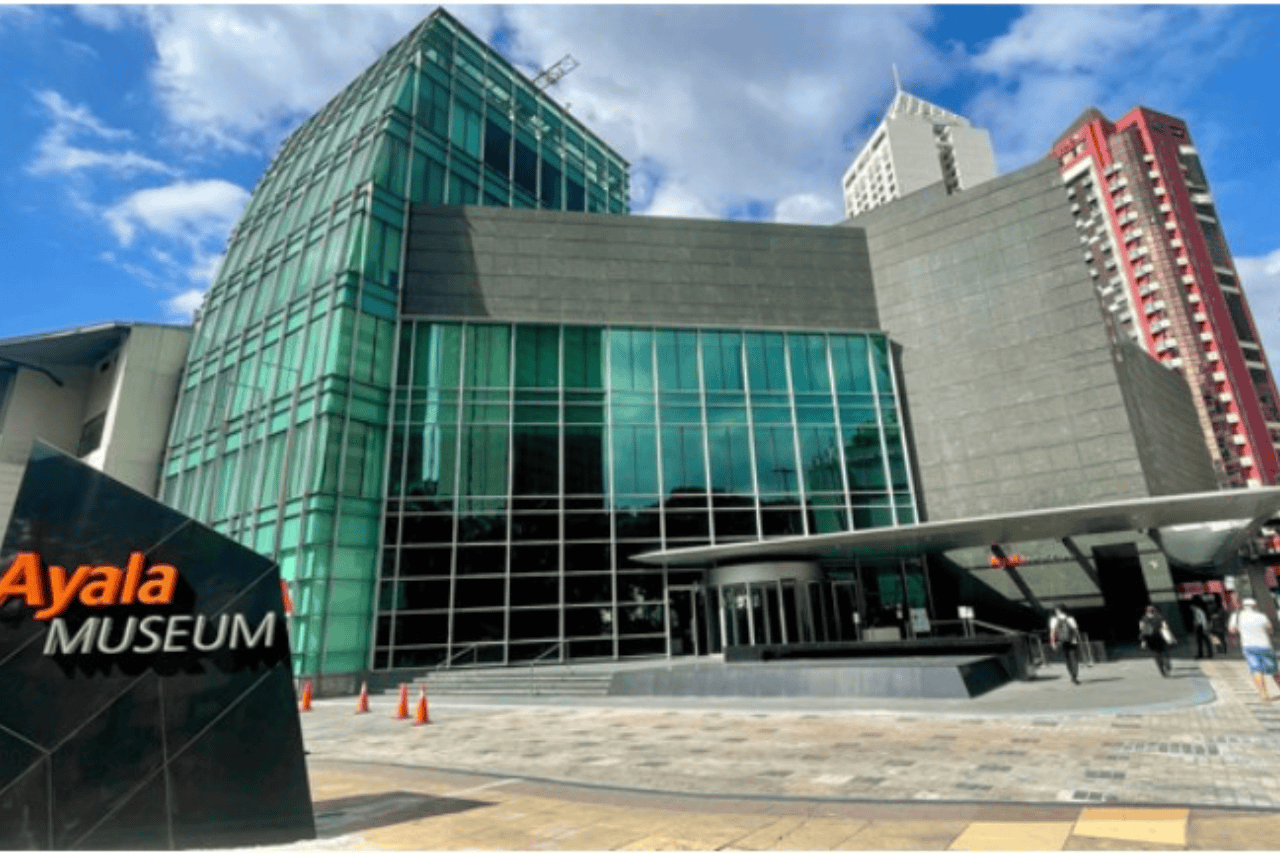
More Places to Visit in Makati
Ayala Museum – A must-visit for history lovers, featuring interactive exhibits on Philippine culture and art. Google Map
Greenbelt Park & Mall – A lush oasis in the middle of the city with high-end shopping and dining options. Google Map
Poblacion – The nightlife hub of Makati, filled with rooftop bars, speakeasies, and casual street eats. Google Map
Pro Tip for Wifi:
To stay connected to the internet while traveling, I use an E-sim called Airalo, in conjunction with a local sim. You can purchase the e-sim at any time, as long as your phone is E-sim compatible.
Where to Stay in the Makati Area
Finding the right place to stay in Manila depends on your budget and preferences. Here are three great options:
Budget: Z Hostel
A trendy and social hostel perfect for backpackers, offering dorms and private rooms, plus a rooftop bar. I stayed in a private room here. Book Here
Mid-Range: City Garden Grand Hotel
A well-located hotel with spacious rooms, a rooftop pool, and great city views. A friend from my food tour was staying here and loved it. Book Here
Luxury The Peninsula Manila
One of the best hotels in the city, known for its opulent rooms, excellent service, and fine dining options. I had a cocktail in the lounge which was nice. Book Here
Map of Makati, BCG and Intramuros Areas
Two More Places to Visit in Manila – BCG and Intramuros Areas
If you have the time and don’t mind sitting in traffic (depending on where you decide to stay), check out the Intramuros and BCG areas. One is full of history and the other shows you the modern side of Manila.
BGC: Manila’s Modern Business District
Bonifacio Global City (BGC) is just a 30-minute walk from Makati or a quick 10-minute Grab ride. BGC is known for its futuristic skyscrapers, modern restaurants, and Instagram-worthy street art.
Things to Do in BGC
Mind Museum – A hands-on science museum that’s fun for all ages. Google Map
Bonifacio High Street – A pedestrian-friendly area with high-end shopping, trendy cafes, and restaurants. Google Map
Street Art Walk – Explore stunning murals and installations spread throughout the district.
Uptown Mall & Venice Grand Canal Mall – Great places to shop, eat, and even take a gondola ride at the Venice-inspired mall. Google Map
BGC Greenway Park – The longest urban park in Metro Manila, perfect for jogging or a relaxing stroll. Google Map
Intramuros: A Walk Through Manila’s Colonial Past
This historic district is packed with Spanish-era buildings, cobbled streets, and stunning architecture.
You’ll find some of the city’s best museums here, each offering a glimpse into the Philippines’ rich history.
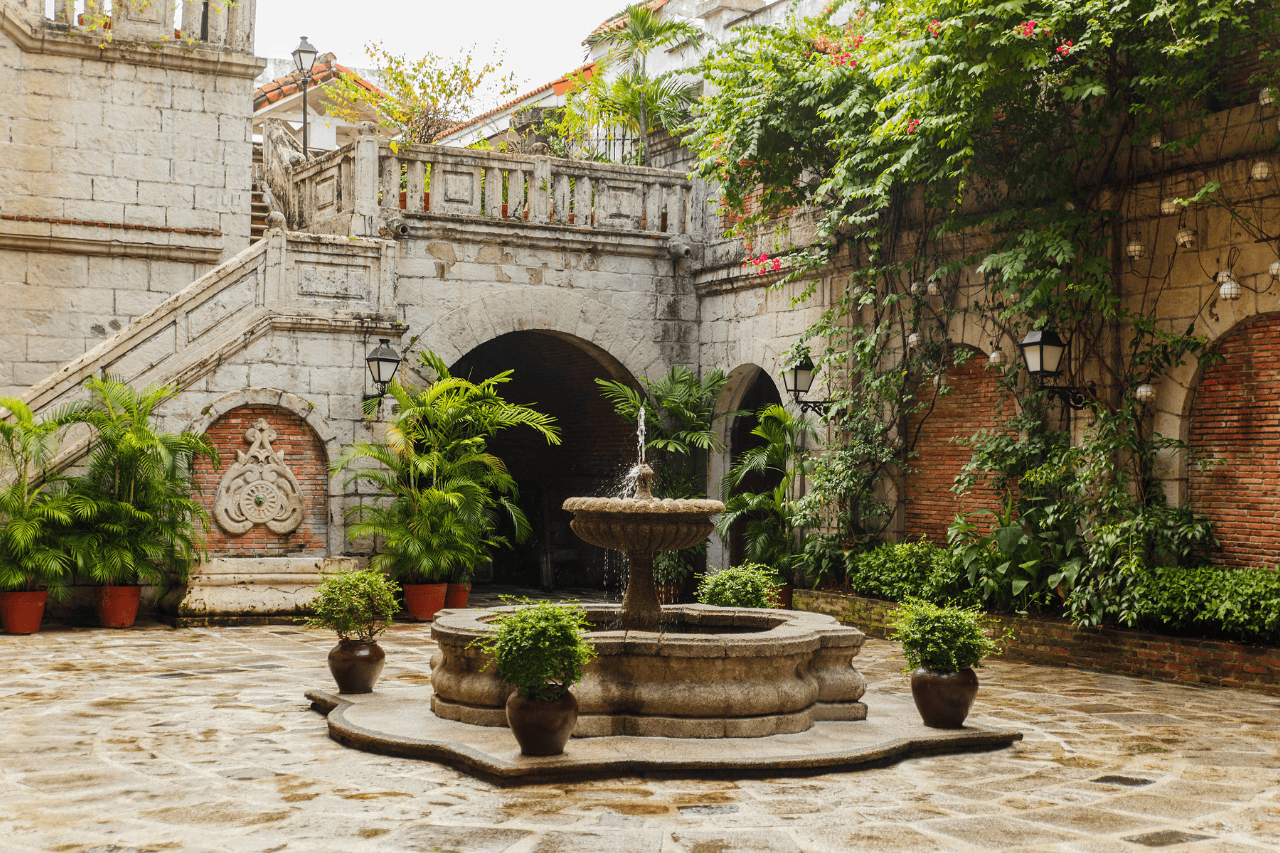
Must-Visit Museums in Intramuros
- San Agustin Museum – Home to religious artifacts, paintings, and intricate carvings inside the country’s oldest stone church. Google Map
- Casa Manila – A fully furnished Spanish-era home showcasing how the elite lived during colonial times. Google Map
- Museo de Intramuros – Features stunning religious sculptures, paintings, and artifacts from the Spanish period. Google map
- Bahay Tsinoy – A fascinating museum that tells the story of the Chinese-Filipino community and their influence on Manila’s culture. Google Map
Bamboo Bike Tour in Intramuros
One of the coolest ways to explore Intramuros in Manila Philippines, is by taking a bamboo bike tour.
These eco-friendly bikes are handcrafted from bamboo, and the tour takes you through the historic streets, past churches, and even to the old fortifications.
It’s a great way to get some exercise while learning about Manila’s past. I was too busy on the bike to remember to take a picture of myself on it!
How Long Does it Take to Get to Intramuros from Makati?
Intramuros is about 45 minutes to an hour from Makati by car, depending on traffic. If you go early in the morning, you’ll avoid the worst congestion.

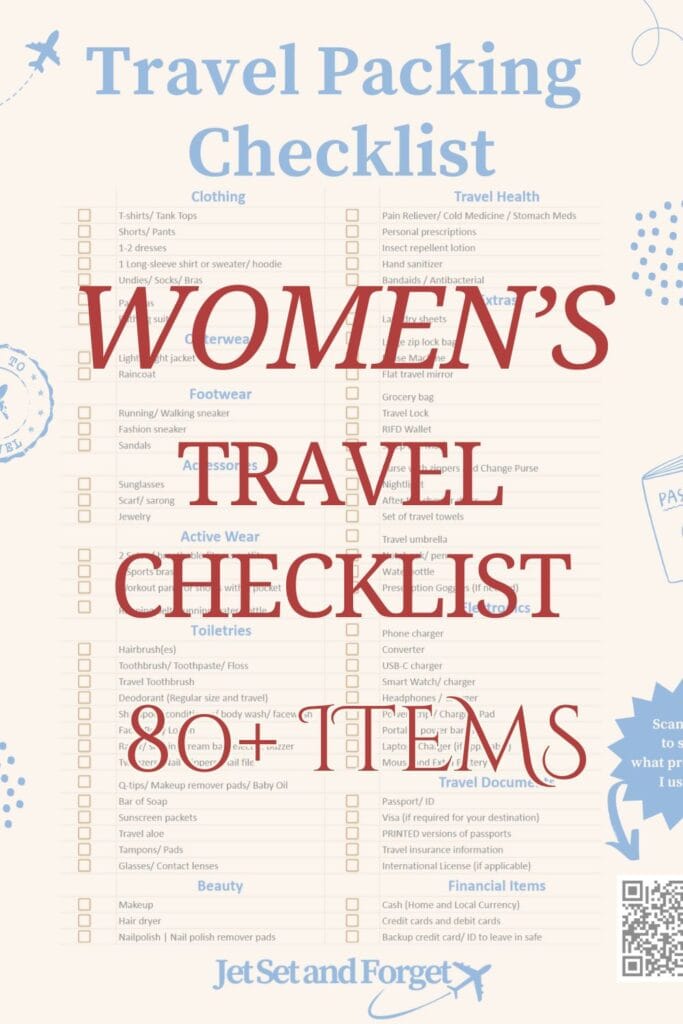
What to Pack for Manila Tourist Attractions
For a full packing list, check out my guide here. Below are just a few essentials to carry with you every day. I can’t stress enough to bring tissues with you!!
- Water bottle – The heat is real; stay hydrated. I bring a small 5 oz bottle on my every day exploring days.
- Tissues – Many bathrooms don’t have toilet paper or provide napkins. (See tip below)
- Cash – Many places don’t accept cards, especially street vendors. I use the Charles Schwab Debit Card to avoid paying ATM fees.
Manila might be overwhelming at first, but if you plan it right, the city is full of surprises, culture, and incredible food.
Pro Tip:
Bring tissues everywhere to use as food napkins and toilet paper!! I buy a tube of them and keep the container in the side of my day pack whenever I am traveling. And don’t throw any paper items into the toilet!

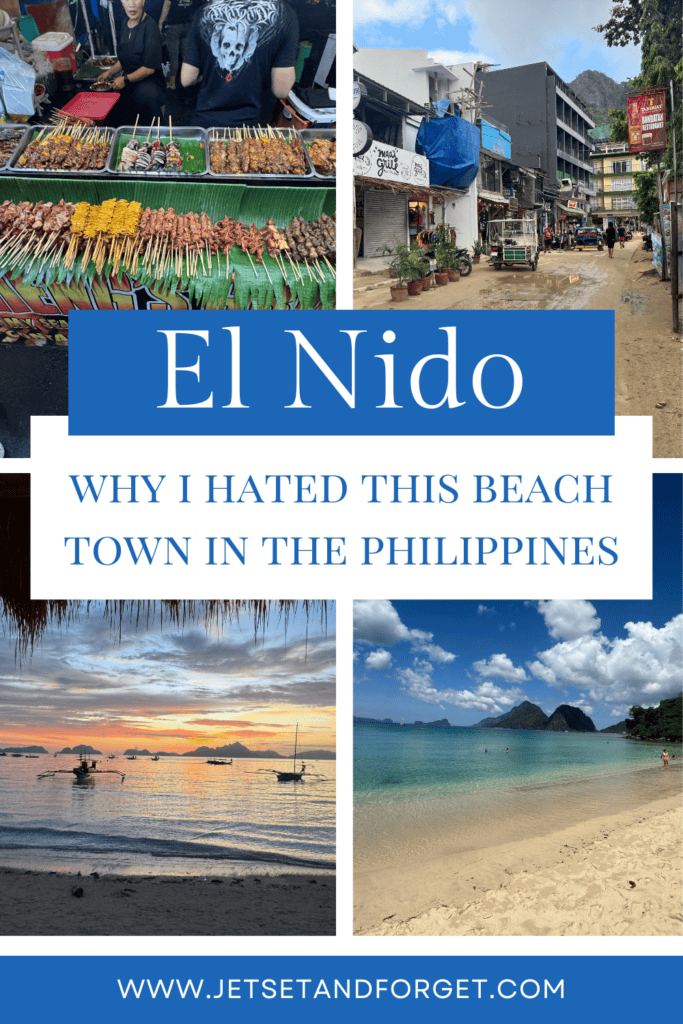
Final Thoughts
Manila is a city of contrasts—modern skyscrapers stand next to centuries-old buildings, and bustling markets coexist with high-end malls.
It’s a place where history, culture, and cuisine come together in a way that’s both chaotic and beautiful. While the traffic and heat can be challenging, the energy of the city makes it all worth it.
As I mentioned earlier, you need a bit of patience in Manila. It can seem overwhelming at first but eventually, you get used to its rawness.
Take your time, be open to new experiences, and just embrace it all. With the right mindset and a bit of planning, Manila will surprise and delight you in ways you never expected.
Tips for Travel to the Philippines
Do I need a visa to visit the Philippines?
Most tourists can enter visa-free for up to 30 days, but check specific requirements for your nationality.
What is the best time to visit the Philippines?
The best time is during the dry season, from November to May.
Is Manila safe for tourists?
Yes, but like any major city, stay aware of your surroundings and avoid unsafe areas at night.
What is the currency in the Philippines?
The currency is the Philippine Peso (PHP).
Can I use credit cards in the Philippines?
Credit cards are accepted in most hotels, malls, and restaurants, but cash is needed for small shops and rural areas.
What language is spoken in Manila?
Filipino and English are widely spoken.
How do I get around Manila?
Taxis, ride-hailing apps (Grab), jeepneys, and the MRT/LRT train systems are common transport options.
What is the best way to get from Manila Airport to the city?
Taxis, Grab, and airport shuttles are the safest and most convenient options.
Is the tap water safe to drink?
No, it’s best to drink bottled or filtered water.
What is the local time zone?
The Philippines follows Philippine Standard Time (PST), UTC+8.
What type of power outlets are used?
The Philippines uses Type A, B, and C plugs, with a 220V supply.
Do I need vaccines before visiting?
Not vaccines are mandatory, but check for updates on travel vaccines like Hepatitis A, B, and Typhoid.
What are must-visit places in Manila?
Intramuros, Rizal Park, Bonifacio Global City, and Binondo (the world’s oldest Chinatown) are top spots.
What is the tipping culture in the Philippines?
Tipping is appreciated but not mandatory; 10% is common in restaurants.
What are some common Filipino foods to try?
Adobo, sinigang, lechon, halo-halo, and balut are must-try dishes.
Is there free WiFi in Manila?
Yes, but it can be slow; hotels, malls, and cafés often offer better connections.
Can I use my phone in the Philippines?
Yes, but getting a local SIM card from Globe or Smart is recommended for better coverage.
Is it easy to find vegetarian or vegan food?
Yes, but options may be limited outside major cities.
What are some basic Filipino phrases to know?
“Salamat” (Thank you), “Magkano?” (How much?), and “Paumanhin” (Sorry) are useful phrases.
Visiting the Philippines? Here are My Guides:
- What Tiktok Doesn’t Tell You About the El Nido Beaches
- Siargao, Philippines – The Ultimate Guide
- Siargao Airport: When to Arrive and How to Get There
- 11 Stunning Beachfront Resorts in Moalboal
- The Best Day Trip from Moalboal – Canyoneering!
- The Best Dive Resort in Moalboal, Cebu
- The Airport at El Nido: The Easy Way to Get to The Beach
- Travel Tax in the Philippines: Do You Need to Pay It?
